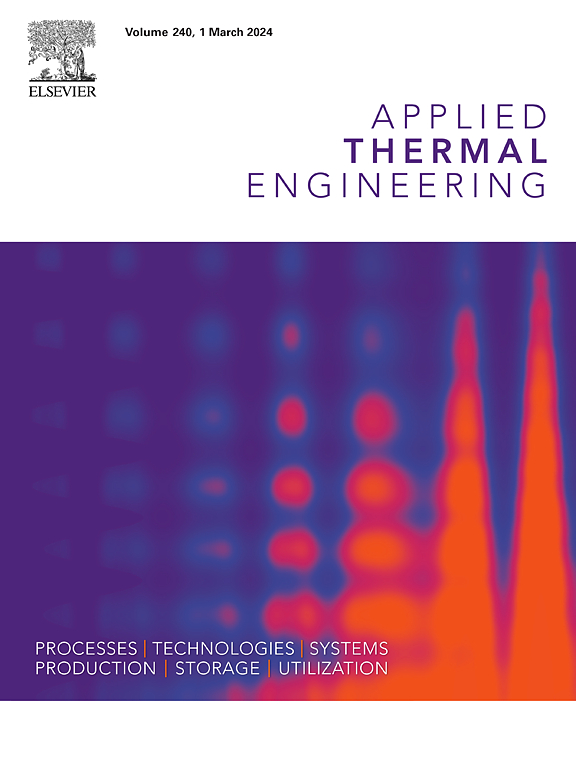Performance analyses of a novel compressed air energy storage system integrated with a biomass combined heat and power plant for the multi-generation purpose
IF 6.1
2区 工程技术
Q2 ENERGY & FUELS
引用次数: 0
Abstract
In recent years, with the rapid development of new energy sources bringing great pressure on the safe and stable operation of power grids, energy storage technology has received more and more attention. Among them, the compressed air energy storage (CAES) system is considered a promising energy storage technology due to its ability to store large amounts of electric energy and small investments. This paper proposes a multi-generation system based on a CAES system and a biomass combined heat and power (biomass CHP) system to enhance the capacity to provide electricity and heat. For heating seasons, in the energy storage process, the compressed heat is mainly used to improve the warmth supply, while for non-heating seasons, the compressed heat is all absorbed by the biomass CHP system to improve the power supply. Besides, in the energy release process of any season, the compressed air at the inlet of the expander in the CAES system is heated by the high-temperature feedwater of the biomass CHP system to improve the energy output of the CAES system. The integrated system is simulated, and the system performance is evaluated from the perspectives of energy, exergy, and economy. The analysis results show that the round-trip efficiencies of the CAES subsystem are 75.78 % and 73.19 % for the heating and non-heating seasons, respectively; the exergy efficiencies are 78.68 % and 76.71 %, respectively; dynamic payback period is 4.45 year, and net present value can reach 2182.87 k$. Compared to the non-heating season, the system efficiency is higher in the heating season since the higher-quality extracted steam replaced by the compression heat can generate more electricity.
求助全文
约1分钟内获得全文
求助全文
来源期刊

Applied Thermal Engineering
工程技术-工程:机械
CiteScore
11.30
自引率
15.60%
发文量
1474
审稿时长
57 days
期刊介绍:
Applied Thermal Engineering disseminates novel research related to the design, development and demonstration of components, devices, equipment, technologies and systems involving thermal processes for the production, storage, utilization and conservation of energy, with a focus on engineering application.
The journal publishes high-quality and high-impact Original Research Articles, Review Articles, Short Communications and Letters to the Editor on cutting-edge innovations in research, and recent advances or issues of interest to the thermal engineering community.
 求助内容:
求助内容: 应助结果提醒方式:
应助结果提醒方式:


